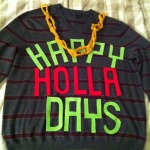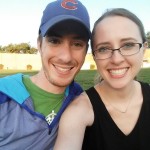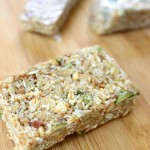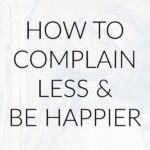I have approximately 500 bread pictures from the past year—it’s a little out of control. But I guess that’s what happens when you work through a whole bread cookbook taking several pictures each time you make a recipe.
As many of you know, I spent 2019 making my way through Bread Baking for Beginners by Bonnie Ohara. I got the cookbook in March, and by the end of December, I had made every type of recipe at least once (though I continue to make some of the recipes regularly now).
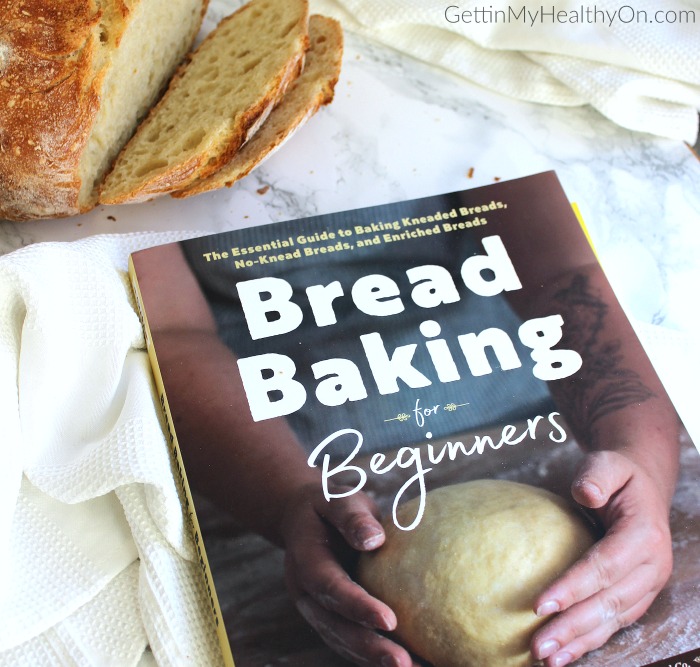
I was inspired to take on this little bread-making journey after watching Instagram stories of Jenna Fischer (Pam from The Office) document her similar experience. It doesn’t sound that exciting to watch someone make bread, but it was strangely intriguing—not to mention it seemed like a fun challenge.
My family (and Matt’s coworkers) have gotten a sampling of various breads I’ve made, but it’s mostly been us enjoying the fruits of my labor. Since a lot of people have shown interest in the recipes I’ve learned to make and just the overall process, I wanted to dedicate a blog post to talking about it!
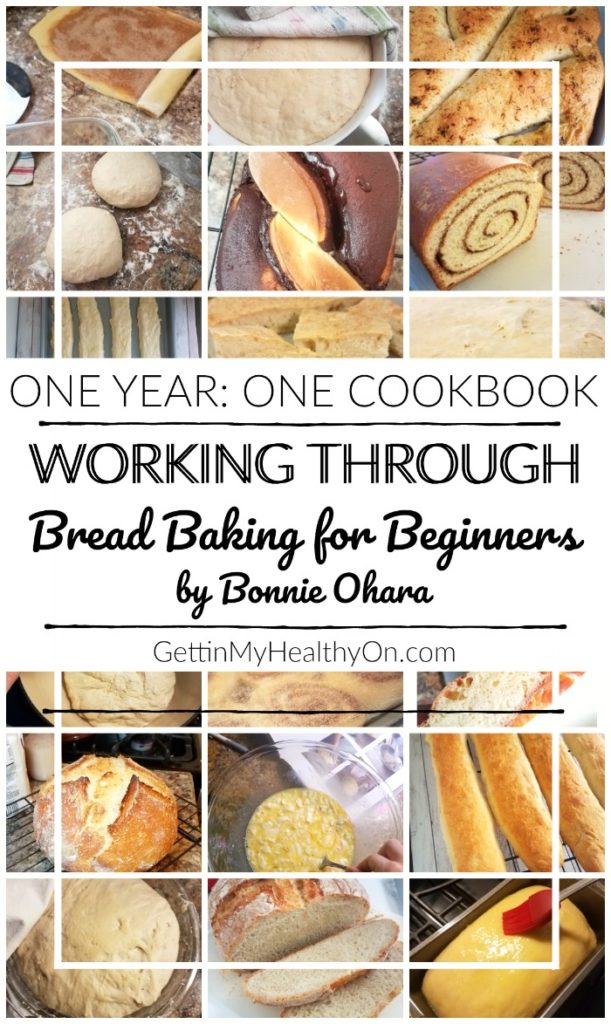
If you want to learn a new skill like how to make bread, I would totally recommend Bread Baking for Beginners (on Amazon here) to get started. I also just really enjoy the author, Bonnie Ohara. She’s a self-taught bread baker who has a home-based business called Alchemy Bread, where she sells her signature homemade sourdough. I follow her closely on Instagram, as well, where she has a lot of videos with FAQs and bread-making techniques, which can be helpful as you go through the book.
The book is made up of multiple sections, each section having a different type of bread. There’s no-knead breads, kneaded breads, enriched breads (like brioche), and fermented breads (like sourdough).
Since I really wanted to learn how to make these bread types correctly, I bought a thermometer and food scale up front—her recipes are measured in grams, which sounds intimidating if you’re in the U.S., but it’s really not a big deal if you just buy a cheap food scale. I eventually also bought a little bread-baking set that includes a proofing basket (for the final rise), lame (to carefully slice the dough to help it expand) and plastic dough scraper. I already had a cooling rack, various pans, and a metal dough scraper.
Equipment I Used
- Food Scale: GreaterGoods Digital Food Scale
- Thermometer: ThermoPro Food Thermometer
- Proofing Basket, Lame, and Scraper: 9-Inch Proofing Basket + Bread Lame +Dough Scraper
- Cooling Rack: Wilton Cooling Rack
- Pans: Dutch oven, large baking sheet, bread pan, 9×13 baking dish
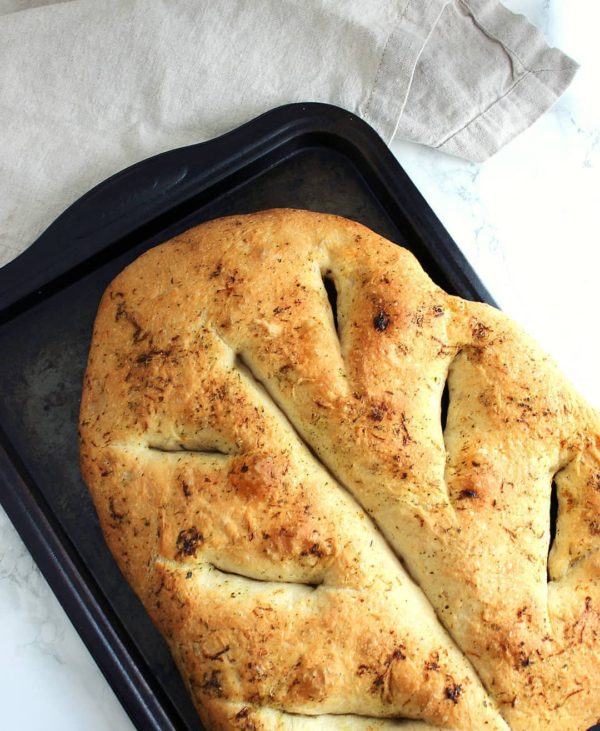
If you want to see videos of Bonnie’s recipes being made, I encourage you to check out Jenna Fischer’s Instagram and especially Bonnie’s Alchemy Bread Instagram.
Aside from just having a lot of delicious bread around here for the past year, I’ve come to love the process of making bread. I had made bread before, but there were a lot of new-to-me bread types in the book. Plus, her recipes and method are just a lot more calculated, and she helps you develop instincts for making bread.
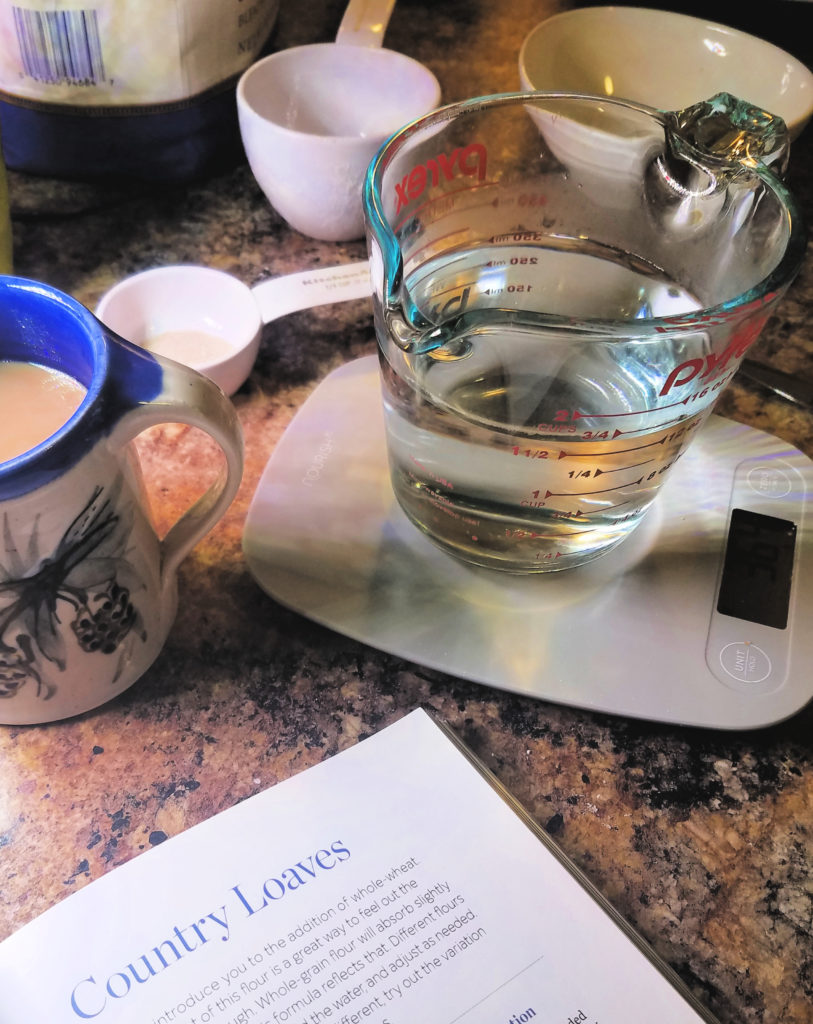
I’ve figured out most of the recipes by simply following the order of the book, paying close attention to the directions, and trying them a few times. A couple I had to dig around for on her (or Jenna Fischer’s) Instagram to help me understand certain steps better (like for the chocolate babka and baguettes).
I will say, though, there are a few recipes I haven’t re-made yet that I could use more practice on. So I haven’t exactly mastered the art of bread baking. However, I feel a lot more knowledgeable about and experienced with the process now.
Here’s a closer look at my experience working through the cookbook:
Q&A About Learning to Make Bread
- What recipes do I make the most from the book? The pizza crust, beginner sourdough, and intermediate sourdough.
- Which recipe was the most fun to make? Obviously I enjoy the bread recipes that I make the most (as noted above), but I think the coolest recipe I made from the book was the chocolate babka. I had never had babka before (a sweet, braided Jewish bread), but it was exciting to go through the various steps and see the beautiful, swirled end result. (I had to look up a video in Jenna Fischer’s IG for this one to confirm I was doing the process right.)
- What’s my favorite part about making bread? Aside from eating delicious bread, I love watching it turn into a golden brown, hollow-sounding loaf of bread. But also, the CRACKLING of the crust as it cools is SO SATISFYING.
- How did we eat so much bread over a year? Without having the book, it might be hard to understand just how much bread you’ll be making. I, personally, consumed about 80% of the bread I made. (Matt tried all of the breads, but he was more interested in sandwich bread for his lunches.) I halved almost every single recipe. I even reached out to Bonnie about this because I was paranoid I’d ruin something. But she confirmed I could halve the recipes that make 2 loaves, and it wouldn’t affect my end result. Now, I make 2 loaves like the recipes say, but I freeze half of it (after slicing it).
- How do we eat the bread before it gets moldy? Refrigerate that bad boy, if you’re not going to eat it within like 4? days or so. Homemade bread molds much faster than your processed grocery store bread, because it doesn’t have preservatives in it.
- Did I ruin any loaves? Yep, that definitely happened. A couple came out a little weird (because I didn’t do the process quite right), but my first attempts at sourdough bread, specifically, were straight-up fails, because I didn’t leave enough time for the second starter to rise and get aerated enough. So then my final loaf of bread was extremely dense. But as Bonnie has said (on her IG, I think), worse comes to worse, you have some gourmet croutons!
- How did I have time to make so many recipes that require multiple rising periods? There’s no way I could have worked through this book in a year if I didn’t work from home. In a lot of the recipes, you mix the dough, wait 20-30 minutes, knead it, let it rise for 2 hours, then proof it (second rise) for another 2 hours. Then after all that, you bake it for at least 30+ minutes. Needless to say, it’s a labor of love, which can be difficult if you’re not sitting at home the whole time. I made some recipes over the weekends, but most of the time, I would assemble the dough in the morning before work, then tend to it randomly throughout the day, which I could only do since I was at home already. Even being at home the whole time, I still finished multiple loaves at about 9 or 10 pm (rising bread has a mind of its own and can’t be rushed).

What I Learned About Sourdough
- Sourdough bread is made from straight-up flour, water, and time. It’s amazing. Instead of using store-bought yeast, the sourdough starter cultivates its own wild yeast that causes bread to rise. Mind = blown. This creates a slightly tangy flavor to the bread, which is so delicious.
- A healthy sourdough starter is essential. I think part of the reason my first sourdough loaves didn’t rise was because my starter wasn’t healthy enough. Once I switched from a mix of bleached white flour and whole wheat flour, to a mix of UNbleached white flour and whole wheat flour, it suddenly worked. There’s more nutrients in the unbleached flour for the starter to feed from.
- A sourdough starter is a living thing that can’t be neglected. My starter is about 4 months old now. I fed it every single night for a few months (bringing it with me to people’s houses when I visited them like a crazy bread lady). I actually did extra research about sourdough starters because my first one molded within a few days. But I’ve got it down now and know what signs to look for to know it needs to be fed (so I don’t have to throw it out and start over). Now I keep the starter in my fridge, so I only have to feed it about once every 6ish days. (Feeding it daily when I only made bread every 3 weeks with it felt like a bit too much effort—and a waste of ingredients.)
- Sourdough is actually pretty nutritious. I’ve learned that sourdough bread is a good source of iron, selenium, B vitamins, and even protein! Since it has prebiotics from the starter’s natural fermentation process (indigestible fiber that feeds good bacteria in your gut), it’s said that sourdough is easier on your digestive system.
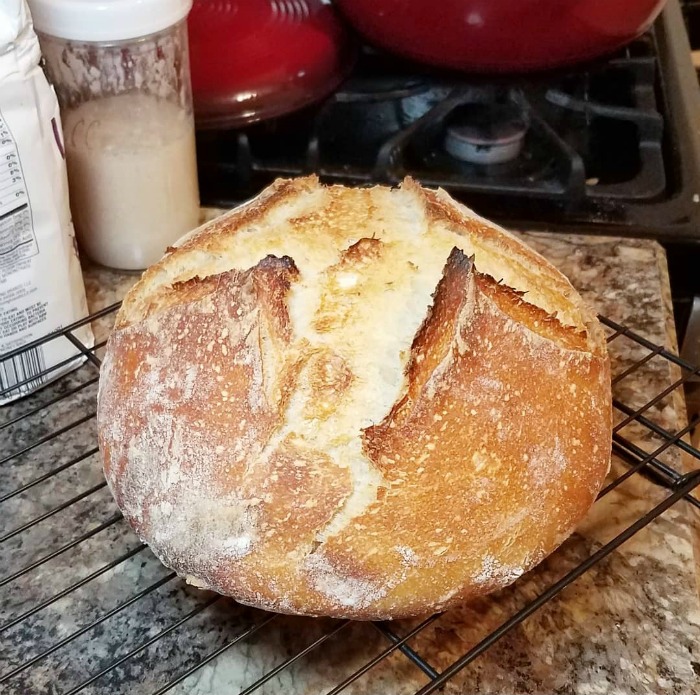
Working my way through a cookbook was a unique challenge that I enjoyed. I’d definitely recommend to others to find a cookbook they’re really interested in and see if they can make every recipe in it! (Well, if it’s a reasonably sized cookbook.) Bread is like a whole other world of baking, and it’s been rewarding to dedicate myself to a project like this.
Now if you’ll excuse me, I need to go make my go-to breakfast of sourdough toast to get my Friday started. Let me know if you have any questions! I’m no expert here, but I’d love to help if I can or just talk more about bread because #obsessed.
